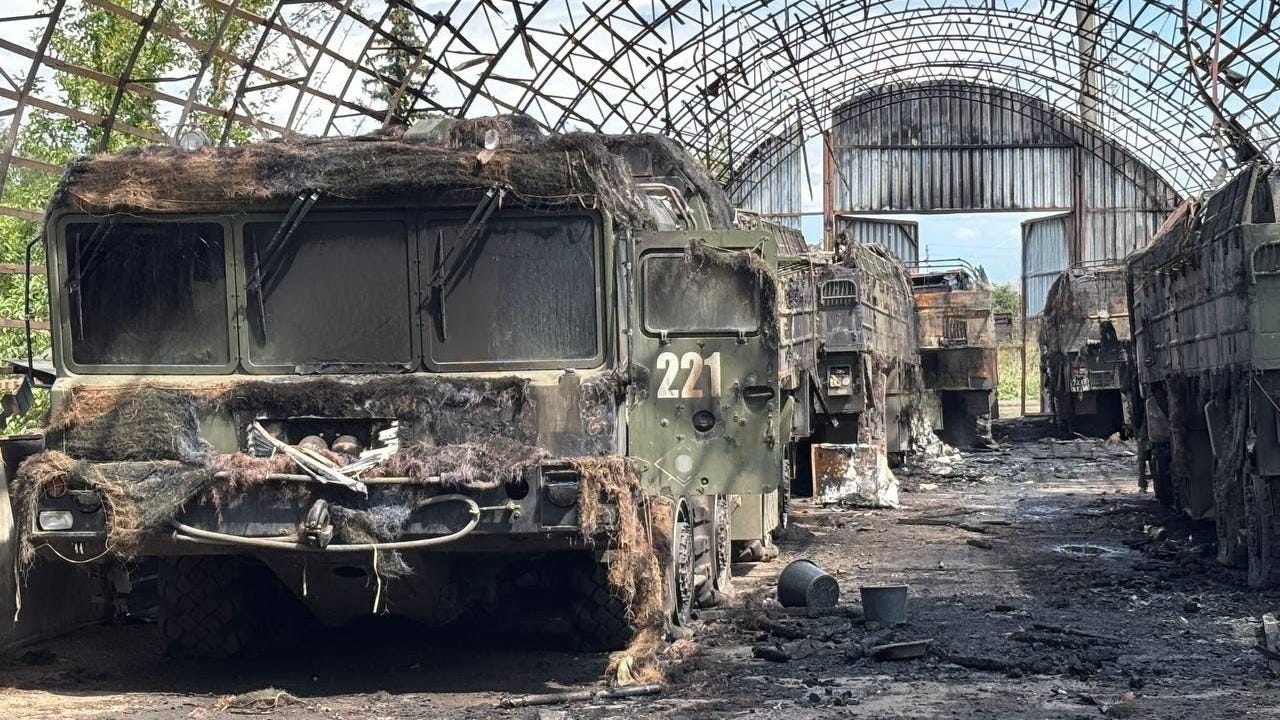Missile Hunters: Ukraine And Russia Race To Wipe Out Each Other's Launch Crews
It's so hard to intercept a Russian Iskander missile in mid-air that the Ukrainians are now hunting the launchers, instead
Forty-three months into Russia’s war, Ukraine has finally developed serious deep-strike capabilities. Homegrown drones and cruise missiles can now reach hundreds of kilometers into Russia—capabilities Ukraine built because Western allies restrict how their donated weapons can be used against Russian territory.
Ukrainian missile and drone teams are scoring real hits—and becoming top targets as each side escalates its deep strikes on the other. When you struggle to shoot down a missile mid-flight, hunt down the troops who launch it, instead.
Sometime recently, Ukrainian forces located a major launch site for Russia’s best Iskander ballistic missiles—and blew it up, reportedly with a swarm of 14 long-range attack drones. The launch site may have been in Molkino; however, other observers have geolocated it as Shumakovo, 100 km from the border.
In any event, photos clearly depict the aftermath and hint at the scale of the damage. The Russians lost multiple vehicles associated with the 4-ton Iskander and a Pantsir air-defense vehicle.
It was a significant victory for Ukrainian drone operators.
An Iskander can travel as far as 500 km at a peak velocity seven times the speed of sound. Only Ukraine’s best air defenses—its U.S.-made Patriot batteries and European-made SAMP/Ts—can hit incoming Iskanders in the air.
But the Ukrainian air force operates fewer than 10 Patriot and SAMP/T batteries, combined. That’s too few to protect every possible target.
It’s imperative to hit the Iskander launch crews “left of boom,” to borrow a U.S. Army term. That is, to hit them and their missiles and equipment on the ground.
The Americans refined their left-of-boom philosophy during the grinding counterinsurgencies in Iraq and Afghanistan, where front-line troops struggled to spot and defeat the many thousands of improvised bombs that insurgents had planted along the roads and footpaths of both countries every month.
Instead of trying to locate every emplaced bomb, American intelligence teams and drone operators hunted the insurgents who were building and emplacing the bombs. More than a decade later, the Ukrainians must do the same to blunt the damage from Russia’s fastest and hardest-to-intercept missiles.



